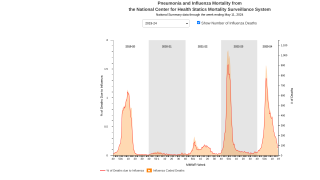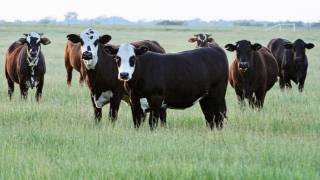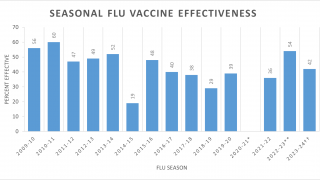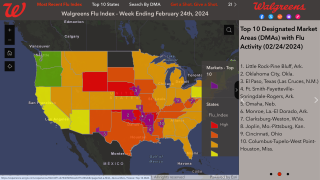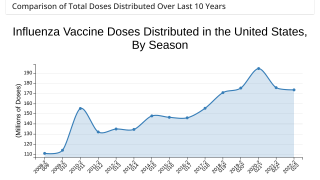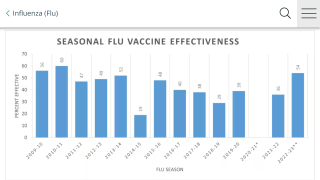Southern Hemisphere Influenza Season Ending
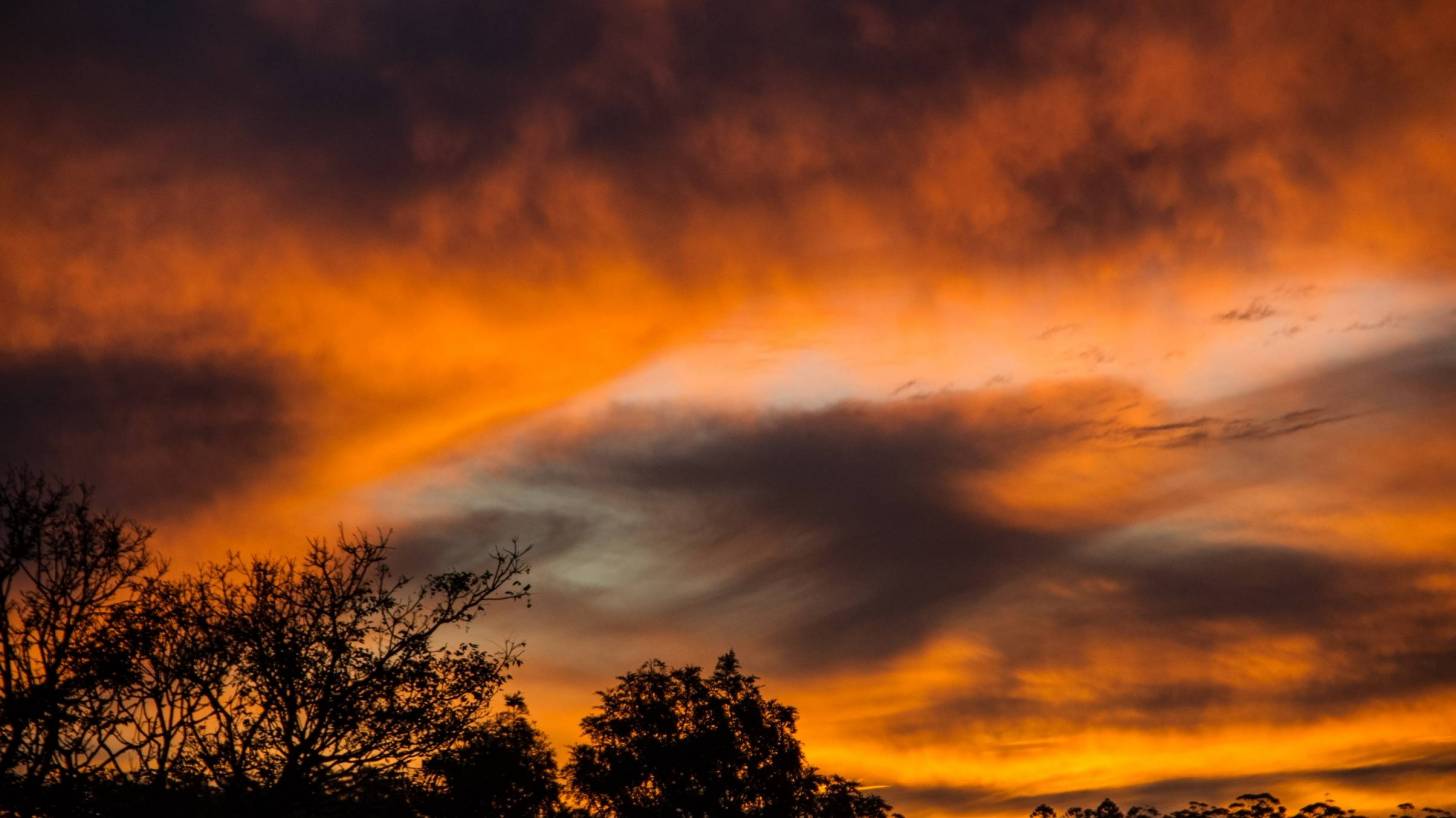
As the 2018 flu season ends in the Southern Hemisphere, international visitors should continue to protect themselves from circulating influenza viruses, say health officials.
According to a new World Health Organization (WHO) global influenza report published on September 17, 2018, the Southern Hemisphere flu season is nearing the end.
Australia, New Zealand, the Caribbean, and Central America reported low seasonal levels of flu.
Additionally, influenza may have peaked in most Asian regions.
However, South American countries continue to report influenza and respiratory syncytial virus activity.
From August 20 to September 2, 2018, the WHO reported 82.6 percent of the flu cases were influenza A and 17.4 percent were influenza B.
Of the subtype influenza A viruses, 64.9 percent were H1N1 and 35.1 percent were influenza A(H3N2).
This data was aggregated by the National Influenza Centres and other national influenza laboratories from 81 countries, areas or territories by FluNet for this time period.
For Americans traveling to the Southern Hemisphere who have not been appropriately protected from these influenza viruses, vaccination services are available at most pharmacies.
These pharmacies offer several FDA approved flu vaccines.
International travelers can easily make pre-departure vaccination appointments at Vax-Before-Travel.
The CDC Vaccine Price List provides the private sector prices for general information.
Flu vaccine discounts can be found here.
Vaccines, like any medicine, can have side effects. You are encouraged to report negative side effects of vaccines to the FDA or CDC.
Our Trust Standards: Medical Advisory Committee















